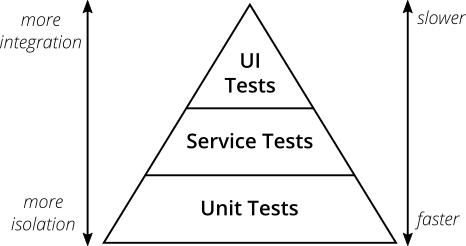https://stackify.com/typescript-vs-javascript-migrate/
Given that we have been working with Typescript I wanted to find a blog post that compare and contrasts these languages to grasp a better understanding of their benefits. First we should define what the languages are. Typescript is an open source “syntactic superset” of JavaScript that compiles to JavaScript. Typescript offers the developer a static type checking for JavaScript to be compiled. Where JavaScript is almost the opposite of this; JavaScript uses type less variables that can be assigned any data. That is a basic understanding of the two languages that are based from Java.
From here lets discus the benefits of using Typescript language as stated above Typescript allows for the assignment of static types. This prevents complications like data being changed if not meant to, or faulty variable assignment to begin with.
An Example:
Typescript when a is an int: a = 1;
Javascript when a is typeless: a = “1”
The thing is that JavaScript would allow you to assign the value to string 1, but Typescript would not allow you to make the same assignment. Additionally Typescript also adds other features to JavaScript like: Interfaces, Generics, Namespaces, Null Checking, and Access Modifiers.
Interestingly the blog talks about how type values are not the only reason to use typescript, or at least the exclusive reason. When deciding to use typescript the blog offers this advice:
TypeScript
- Prefer Compile Time Type Checking: It is entirely possible to perform runtime type verification using vanilla JavaScript. However, this introduces additional runtime overhead that could be avoided by performing compile-time validation
- Working with a New Library or Framework: Let’s suppose you’re taking up React for a new project. You are not familiar with React’s APIs, but since they offer type definitions, you can get intellisense that will help you navigate and discover the new interfaces.
- Large Projects or Multiple Developers: TypeScript makes the most sense when working on large projects or you have several developers working together. Using TypeScript’s interfaces and access modifiers can be invaluable in communicating APIs (which members of a class are available for consumption).
JavaScript
- Build Tools Required: TypeScript necessitates a build step to produce the final JavaScript to be executed. However, it is becoming increasingly rare to develop JavaScript applications without build tools of any kind.
- Small Projects: TypeScript may be overkill for small teams or projects with a small code surface area.
- Strong Testing Workflow: If you have a strong JavaScript team who is already implementing test-driven development, switching to TypeScript may not give you enough to make it worth the associated costs.
- Added Dependencies: In order to use libraries with TS, you will need their type definitions. Every type definition means an extra npm package. By depending on these extra packages you are accepting the risk that these may go un-maintained or may be incorrect. If you choose not to import the type definitions, you are going to lose much of the TS benefit. Note that the DefinitelyTyped project exists to mitigate these risks. The more popular a library is, the more likely the type definitions are to be maintained for the foreseeable future.
- Framework Unsupported: If your framework of choice does not support TS, such as EmberJS (although this is planned and is the language of choice for Glimmer), then you may be unable to take advantage of its features.
The author Jared Nance goes on to say that Typescript isn’t the best tool out there for coding, but presents the information as best as possible. When considering to use Typescript or JavaScript the suggested reasons above may be good guide lines in making that choice.
From the blog CS@Worcester – Computing Finn by computingfinn and used with permission of the author. All other rights reserved by the author.

